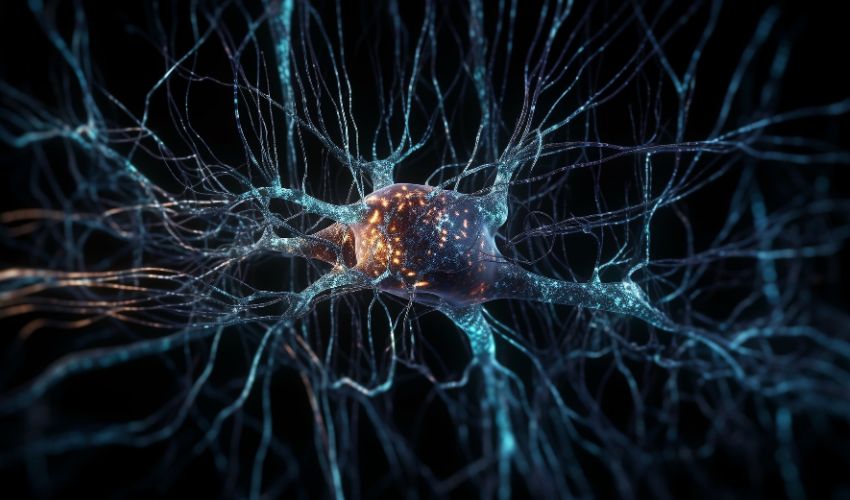Researchers 3D Print Networks of Living Nerve Cells

The world of 3D printing continues to serve as a means of advancement in the medical and scientific worlds. This time, it’s in the field of neuroscience that the technology has taken a giant step forward. Researchers at Melbourne’s Monash University have developed a 3D printing technique for creating three-dimensional nerve networks using bioink with living nerve cells, specifically brain cells in rats for the time being. These three-dimensional structures can mimic the complex connections found in the human brain in an exceptional way.
This breakthrough opens up new opportunities to explore neurological disorders, evaluate drug efficacy, and deepen our understanding of how our nervous system functions. By opting for a tissue engineering methodology combined with bioprinting, scientists have succeeded in reproducing the configuration of the ‘grey-‘ and ‘white matter’ seen in the brain. This approach involves the use of two distinct types of bioink, one containing living cells and the other composed of non-cellular materials. The 3D printer begins its work by superimposing layers containing living cells with cell-free layers. This process mimics the way the brain alternates between white and grey matter. Special electrodes are also inserted at regular intervals to stimulate the growth of the neural network and record its activity.

As a promising avenue for research, bioprinting could eventually put an end to animal testing (photo Credits: Freepik)
According to Professor John Forsythe, who led the study in the Department of Materials Science and Engineering, 2D nerve cell cultures have previously been used to explore nerve network formation and pathological mechanisms. However, these relatively flat structures failed to reproduce the three-dimensional complexity that truly characterizes nerve tissue.
Professor Forsythe explains: “The networks grown in this research closely replicated the 3D nature of circuits in a living brain, where nerve cells extend processes called neurites to form connections between different layers of the cortex. We found that the projections growing from neurons in the printed ‘grey matter’ or cellular layer readily grew through the ‘white matter’ layer and used it as a ‘highway’ to communicate with neurons in other layers. Not only were we able to construct a basic layout similar to what we see in regions of the brain, we found that the neurons actually behaved and performed in a similar manner.”
The study, entitled “3D Functional Neuronal Networks in Free-Standing Bioprinted Hydrogel Constructs”, shows that 3D-printed living nerve cell networks are likely to provide a promising platform for studying how nerves and nerve networks form and develop. In addition, it offers an opportunity to study the impact of certain diseases on neurotransmission, as well as the evaluation of drugs on nerve cells and the nervous system. To learn more about this research, the publication is available HERE.

Bioprinting has been gaining ground as a useful tool in the field of medical research (photo credits: Philip Ezze, CC-BY-SA-4.0)
What do you think of this breakthrough in 3D printed nerve cells? Let us know in a comment below or on our LinkedIn, Facebook, and Twitter pages! Don’t forget to sign up for our free weekly Newsletter here, the latest 3D printing news straight to your inbox! You can also find all our videos on our YouTube channel.
*Cover Photo Credits: Freepik






